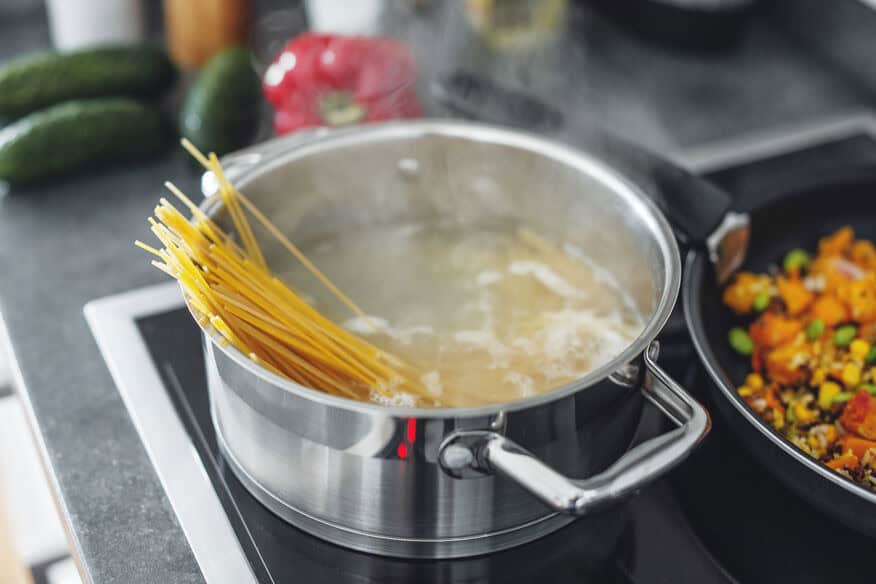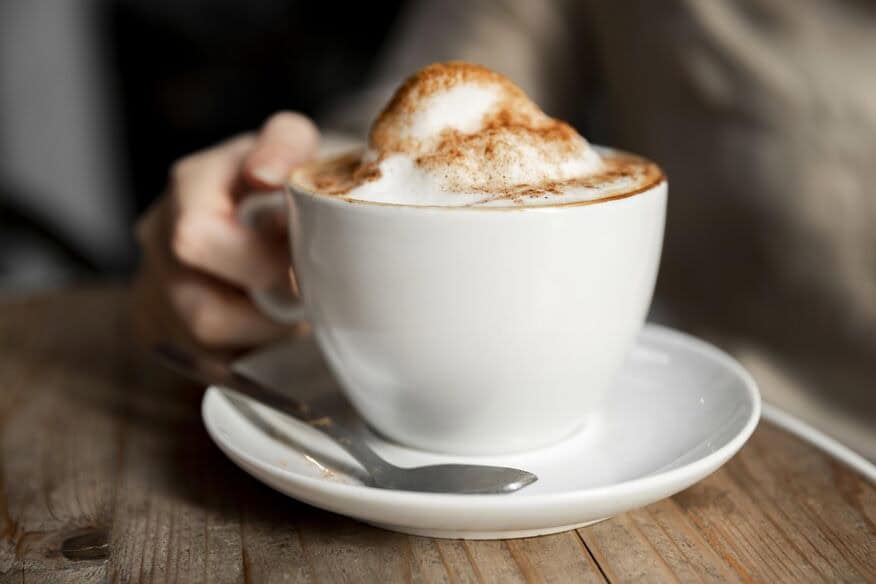In the restaurant industry, many things must come together to spell success: a solid business plan, a great location, talented staff, and stellar food. You could have the best menu the world’s ever seen, but the hardness of your water supply is an often-overlooked detail that makes the difference between “meh” and “WOW!”.
How could such a small thing make a huge impact on your restaurant? Let’s take a closer look at the benefits of soft water, then you can decide.
Soft vs. Hard Water: What’s the Difference?
It comes down to mineral content, specifically, the amount of calcium and magnesium in the water. The more dissolved minerals your water contains, the harder it is. According to the United States Geological Survey (USGS), your water must contain 0 to 60 mg/L of calcium carbonate to be considered soft. Between 61 to 120 mg/L, you’ve got moderately hard water; 121 mg/L to 180 mg/L, you’ve got hard water. The water is very hard if the test shows more than 180 mg/L.
That creates one heck of a headache in your kitchen since water hardness affects soap and detergents, dishware, color and softness of fabrics, plumbing, appliance and equipment longevity and efficiency, cooking and recipes, and the taste of your food and drink.
The good news? If your restaurant’s dealing with hard water, you can (and should!) soften it.
The Benefits of Soft Water on Food and Beverages

When it comes to liquid-based dishes like soups, stews, and sauces, cooking with hard water may leave behind a metallic taste or strange smell, negatively affecting the overall flavor profile. Working with hard water also means tougher and denser baked goods due to interactions with yeast and gluten. The mineral presence may slow yeast fermentation while strengthening the gluten structure. Plus, they interfere with starches in pasta, leading to a gummy texture.
If your menu has a lot of bean dishes that start with dry beans, you’ll spend more time cooking them. Even if you adjust your cooking times to allow for more softening time, the mineral content may stop them from getting as soft as you’d like. If you’re constantly left wondering why your beans come out firmer than they should be, that could be the culprit.
Boiling vegetables in hard water may produce tougher, less vibrantly colored dishes. We eat with our eyes first, so visual appeal matters.
Cocktails, coffee, and tea made with hard water won’t taste as good because the minerals interfere with the flavor extraction during brewing. And because water hardness affects your soda fountain, you can expect to spend more CO2 to achieve the perfect bubbles in soda or get a flatter soda than you’d like.
Benefits of Soft Water on Appliances
With the increased mineral content of hard water comes faster limescale buildup in your appliances – everything from your ice maker to your building’s plumbing. That translates to decreased efficiency, increased repair and maintenance costs, and even more frequent replacement. Adding a water filtration system or water softener will slow scaling and, along with proper maintenance, keep all your kitchen equipment and appliances running smoother for longer. (Yes, it will even help prevent that annoying white chalky residue from popping up all over your stainless-steel cookware, too.)
Benefits of Soft Water for Cleaning and Aesthetics
Visual appeal is everything in the hospitality industry. Soft water won’t leave behind any residue since there are no minerals to react with the detergent to create that pesky soap scum, so everything is spotless and shiny.
Even if your glassware, dishes, and utensils are clean from a hygienic perspective, hard water will likely leave them with stubborn spots, streaks, or an overall cloudy appearance. Diners who notice this are likely to be turned off, under the impression your kitchen and restaurant just aren’t as clean as they should be.
Where Can Soft Water Save You Money?
Your restaurant can save on cleaning supplies since it won’t take as much detergent and other cleaning agents to achieve clean dishes and equipment. Soft water creates more lather with less soap and rinses it away much easier without leaving behind a cloudy residue.
You’ll also save on your power bill because appliances without mineral deposits won’t have to work as hard. This means you use less energy to heat water in your dishwasher, water heater, and other appliances with heating elements.
Your restaurant needs hot water, not just for keeping the kitchen and dishes clean but for proper food and drink preparation, and that mineral buildup may shorten your water heater’s lifespan. You’ll save when you don’t have to repair or replace your water heater as often.

How to Soften Water
Softening water means getting rid of the extra calcium and magnesium content. You can either replace it with other minerals or remove the minerals entirely.
You have a few options for commercial water heaters, and RWS can help you choose what works best for your restaurant.
Ion-Exchange Systems
These systems use one or two tanks with resin beads charged with sodium or potassium ions. As the calcium and magnesium ions in the water pass through the beads, the calcium and magnesium are removed and replaced with sodium or potassium to leave your water soft.
These are either single or dual-tank (twin-tank) ion exchange systems. The name is misleading because even a single tank system has two tanks. One tank contains the resin beads, while the other is the brine salt tank. In a twin-tank system, you have three tanks total – two resin tanks and one brine tank.
Single tank systems have a specific gallon capacity, and once it’s hit, you’re out of soft water for the day. The system goes into bypass mode for regeneration, and while this happens, no softened water is available. As such, tanks are generally sized higher than what you expect to use.
Dual tank systems automatically switch to the second tank once the first reaches capacity, so you don’t have to wait for the softened water supply to regenerate, providing soft water all the time.
Reverse Osmosis (RO) Systems
A reverse osmosis system uses high pressure and a semi-permeable membrane to filter out the dissolved minerals causing hard water. They function as water filters and water softeners. That’s why they’re most commonly used for drinking water.
Iron Curtain Filters
An iron curtain filter is another multi-tank system, but the first tank contains air to draw out all the water’s impurities through oxidation. Then, the water goes into another tank for filtration to remove the impurities. Once you use the maximum capacity, the system goes into bypass to regenerate the minerals and flush the filter before getting to work again.
These are particularly helpful if your water is high in iron (orange staining, rotten egg odors, etc.) but will also soften your water.

Considerations: Soft Water Sodium Levels
Traditional water softening systems use the ion exchange method. The resulting softened water is a bit saltier. And while that’s good for flavor enhancement, it’s not necessarily great news for anyone on a low-sodium diet.
Salt-free water treatment options are available for health-conscious restauranteurs, such as reverse osmosis water filters or using water conditioners.
Final Thoughts
If you’re dealing with hard water issues in your restaurant, then a commercial water softener system is a wise investment for your commercial kitchen. It offers an excellent return on investment (ROI) when you factor in energy consumption savings, reduced equipment wear and tear, and better-tasting food and drink.
Soft water is a healthier choice overall, as hard water can be tough on the skin, causing dryness and itching. Soft water improves flavor, reduces cooking time, and leaves everything sparkly clean. This saves time and effort, which translates to even more cost savings when it comes to labor.
RWS offers a selection of water softeners to help you achieve better-tasting dishes and lower energy bills. Our team is available to discuss your needs and help you find the most effective solution so you can get back to doing what you do best – creating a delicious customer experience!